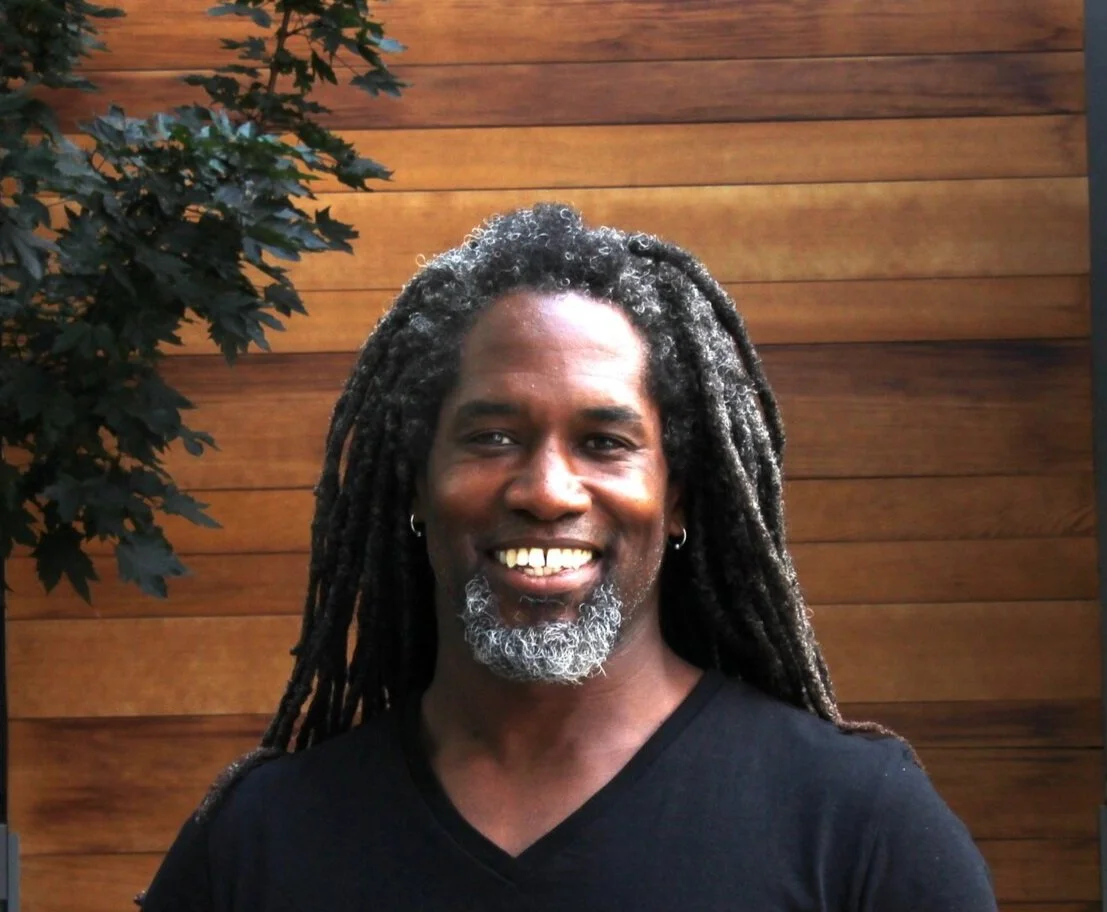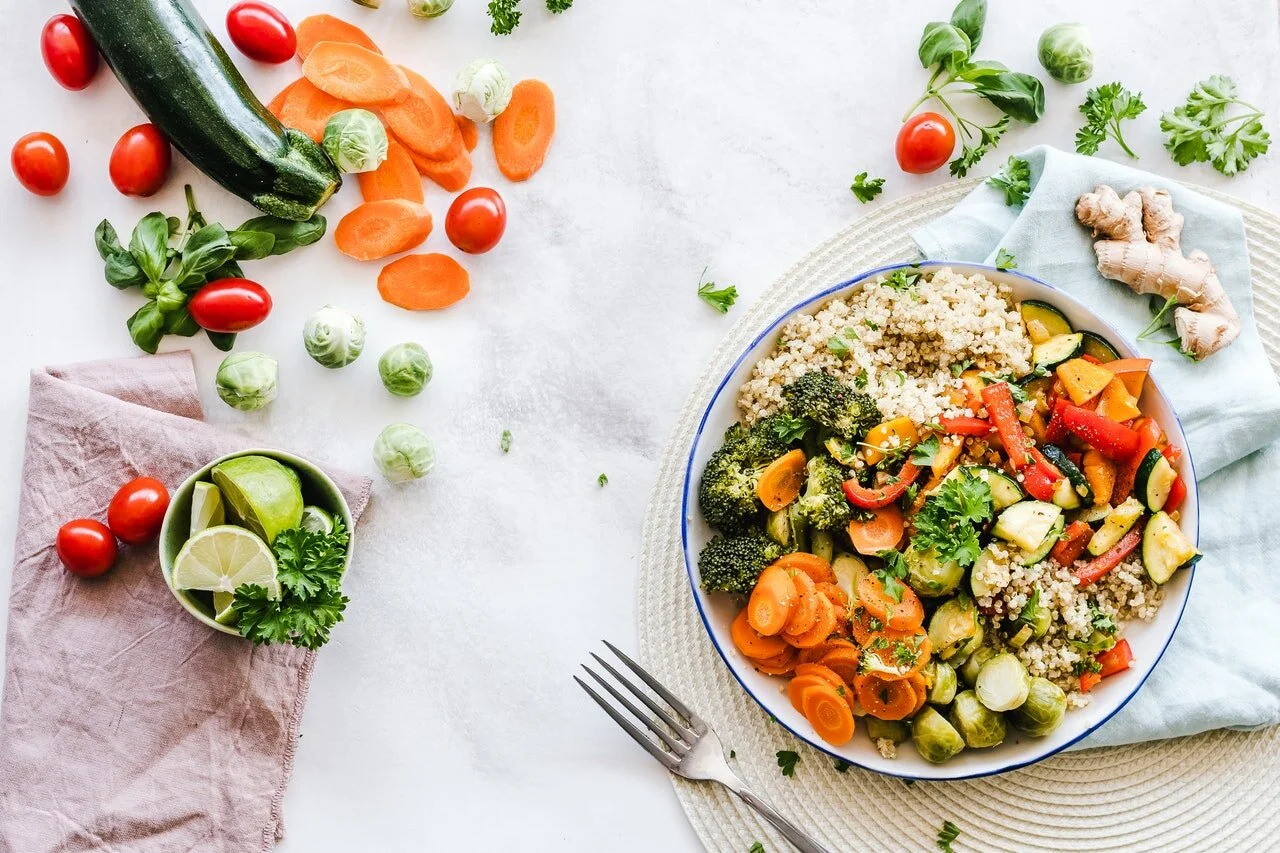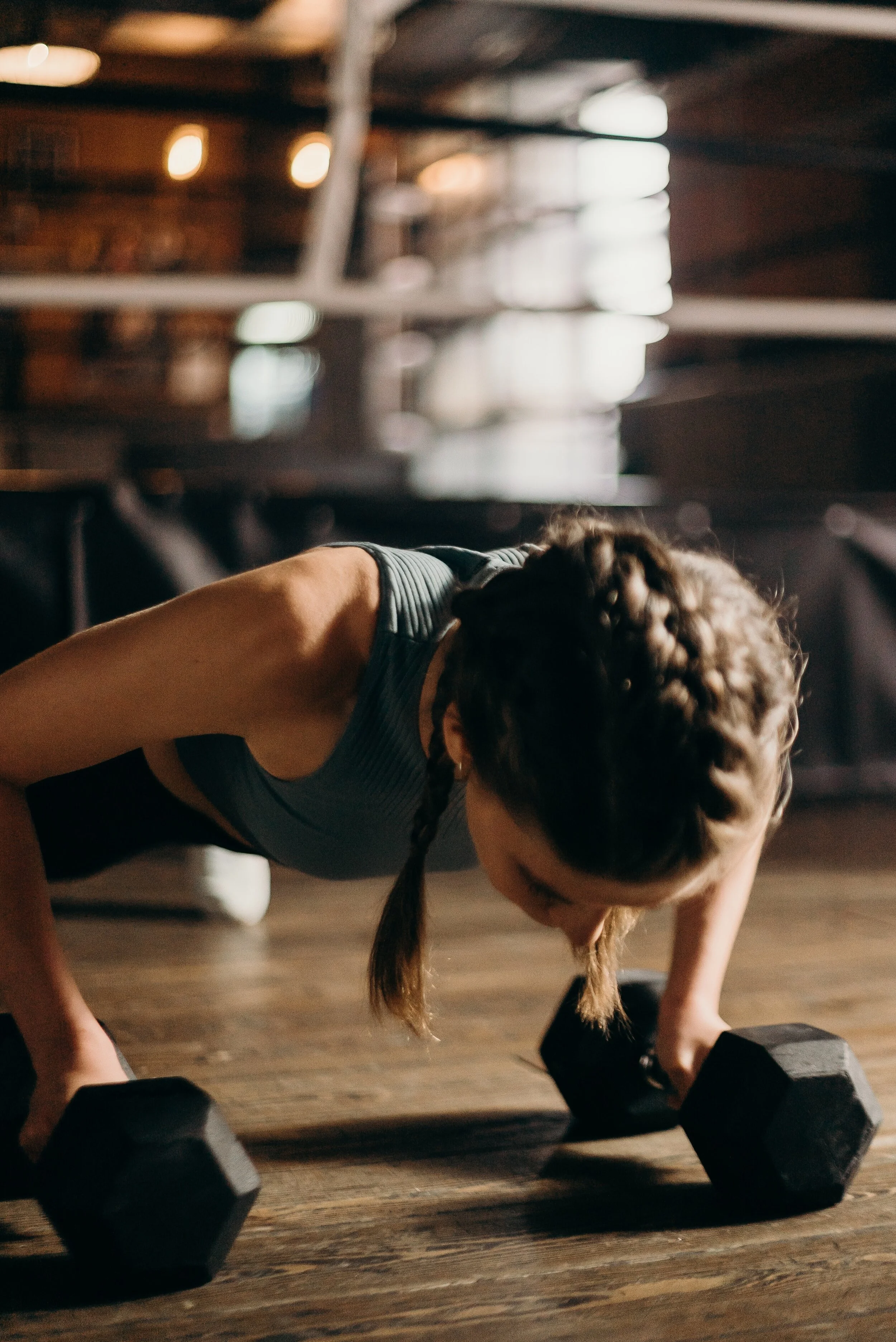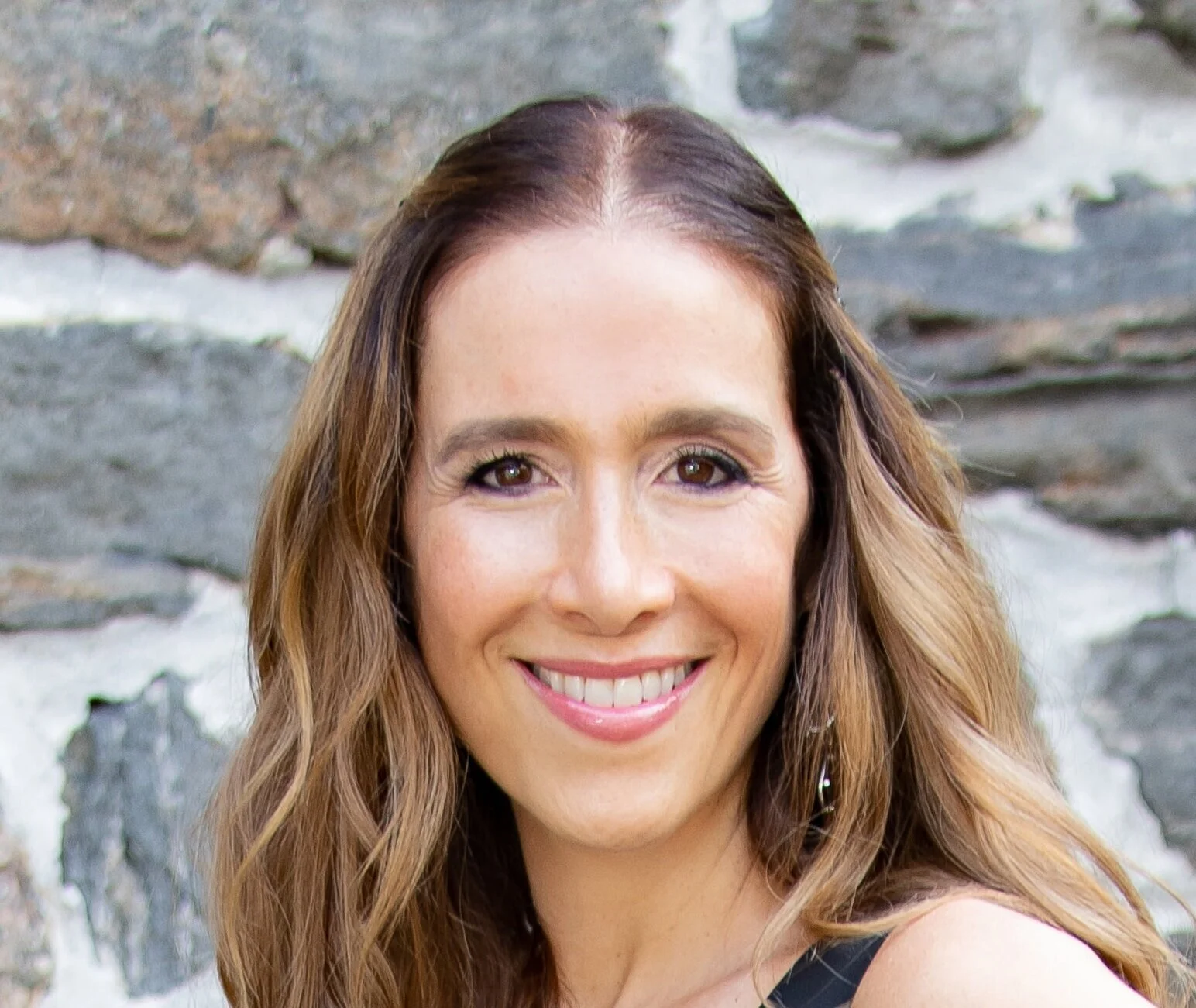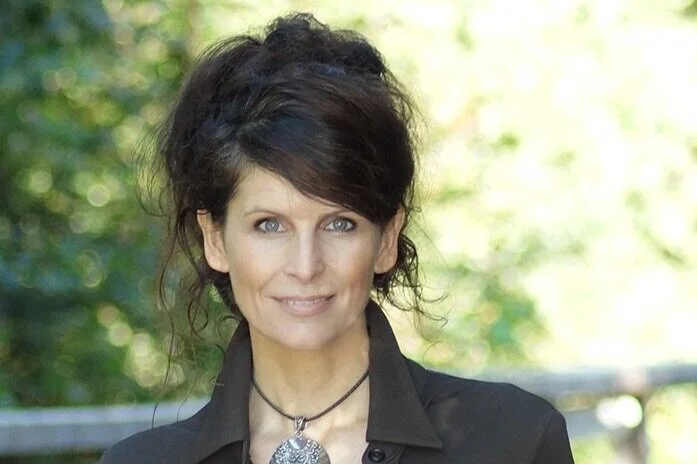Even with the right foods you should still be careful. The number one reason: Portion control. Check out this list to see which foods you should eat with a leash (from the article 10 Trendy Health Foods That Can Threaten Your Waistline)!
Picture Credit:
Livestrong.com-Will dark chocolate undermine your weight loss efforts?
More to Read:
While these foods are still healthy with proper portion control, you may want to avoid the following list: "50 Foods You Should Never Eat".
***************
Article Credit:
Author: Michael Moody Fitness with excerpt sourced from the article " 10 Trendy Health Foods That Can Threaten Your Waistline " on Livestrong.com.
What other foods do you think will affect your weight loss with a Chicago personal trainer if you're not careful?ACAI
Google “acai berry” and a slew of purported benefits like weight loss and antiaging results will return, but can this trendy health food hailing from Brazil really live up to the hype? While the fiber-rich fruit does tout more antioxidant properties than pomegranates and blueberries, many health claims don’t mention that it logs in 247 calories per 100 grams, 26 grams of which are carbohydrates. The kicker: Unless you are using acai at home and controlling your portions, an acai bowl -- the healthy breakfast du jour -- could cost you almost 600 calories per serving. Need a complete overhaul of your breakfast? Read "30 Best Breakfast Habits to Drop 5 Pounds".
DARK CHOCOLATE
Dark chocolate is typically comprised of at least 35 percent cocoa powder and is full of flavonols -- chemicals loaded with antioxidant benefits that help reduce free radical damage. But before you hit the candy jar too hard, this supposed health food also has a remarkable amount of fat and sugar. Depending on the brands, just one ounce can contain up to 170 calories, 12 grams of fat and 24 grams of sugar (four grams over the amount that the American Heart Associate recommends in an entire day for an adult woman). If you still want to indulge, keep the portions small.
Moody Wisdom: The stats depend on the brand. Either way, a decent amount of sugar is usually added to offset the bitterness of the dark chocolate.
CHIA SEEDS
A great source of omega-3 fats, fiber and antioxidants, this superfood is taking the food world by storm. But before you stir this add-on into your meals and smoothies, know that two tablespoons totals 120 calories, 80 of which are from fat. And while it may be considered a source of healthy fat, those calories can add up, especially when added to an already-high-calorie smoothie.
FLAX SEEDS
A nutritional powerhouse, this seed delivers protein, fiber and omega-3 fatty acids among a host of other vitamins. Two tablespoons of whole seeds will also deliver 100 extra calories to your meal, with 78 of those coming from fat. But when eaten whole, the body doesn't absorb all of the great omega-3s and antioxidants. Instead, grind your flax seeds; otherwise your healthy gesture will be for naught. And two tablespoons of ground flax, on the other hand, contain about 60 calories.
AVOCADOS
n 2015, The Washington Post declared Americans were having a “love affair” with avocados, and there are no sign it's slowing down. With today’s trendy avocado toast, everyone seems to have gotten on the bandwagon. It’s even been touted as the world’s most perfect food, containing all the nutrients one would need to survive. Sounds like a dream, right? Except that one medium avocado weighs in at 232 calories, with 188 of them coming from fat. Instead of piling a mound of mashed avo onto your sprouted grain toast, think of it this way: According to the Hass Avocado Board, one medium avocado provides five one-ounce servings that are 50 calories each.
ALMONDS
Here’s some trivia from the Encyclopaedia Britannica: The almond is actually a seed because it’s enclosed in a hard fruit! It’s also a handy snack and a great source of protein. Whether eaten raw, pressed into a butter or showing up in a carton as milk, almonds are everywhere and (dare we say) more popular than peanuts at the moment. Just remember that a handful of almonds (i.e., an ounce or about 23 seeds) is around 164 calories. And we can all admit that these yummy seeds are so addictive that one handful is never enough.
WALNUTS
Possibly the most underestimated nut around, the walnut is purported to contain powerful antioxidants as well as heart-healthy amino acids. Plus it supports brain health and reduces insulin levels, which is great news for diabetics. Makes you want to eat them by the handful, right? Unfortunately, one cup of shelled walnut halves has about 654 calories and 65 grams of fat. You can still get the aforementioned benefits by limiting your portion to one ounce (about 14 halves), which puts you around 185 calories.
QUINOA
This gluten-free superfood is technically a seed, but it acts like a grain. It is also (shockingly) a complete protein, unlike rice and beans that need to be eaten together to gain that benefit. Plus, being a good source of fiber and minerals have caused people to be prepping quinoa for dinner as well as breakfast. It all sounds fabulous -- except if you’re trying to lose weight. One cup of cooked quinoa can contain 222 calories, slightly more than one cup of brown rice. With all the marketing surrounding this food’s benefits, it’s hard to remember that you can’t eat as much of the stuff as you may want. Keep your portion around the size of your cupped hand to stay on the safe side of this grain.
Picture Credit:
Livestrong.com-Will dark chocolate undermine your weight loss efforts?
More to Read:
While these foods are still healthy with proper portion control, you may want to avoid the following list: "50 Foods You Should Never Eat".
***************
Article Credit:
Author: Michael Moody Fitness with excerpt sourced from the article " 10 Trendy Health Foods That Can Threaten Your Waistline " on Livestrong.com.
Learn how to lose weight from a personal trainer in Chicago.
